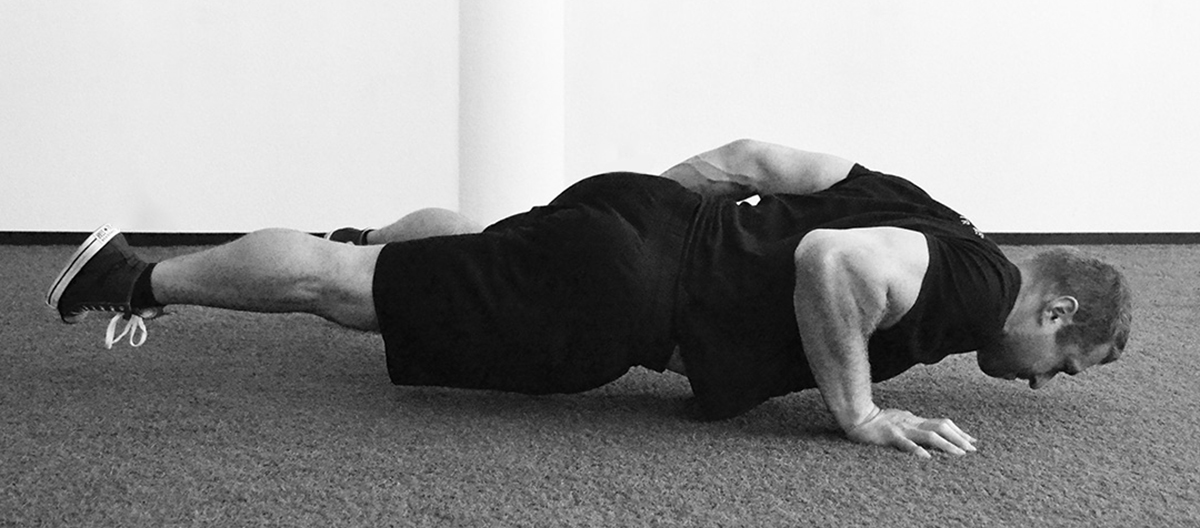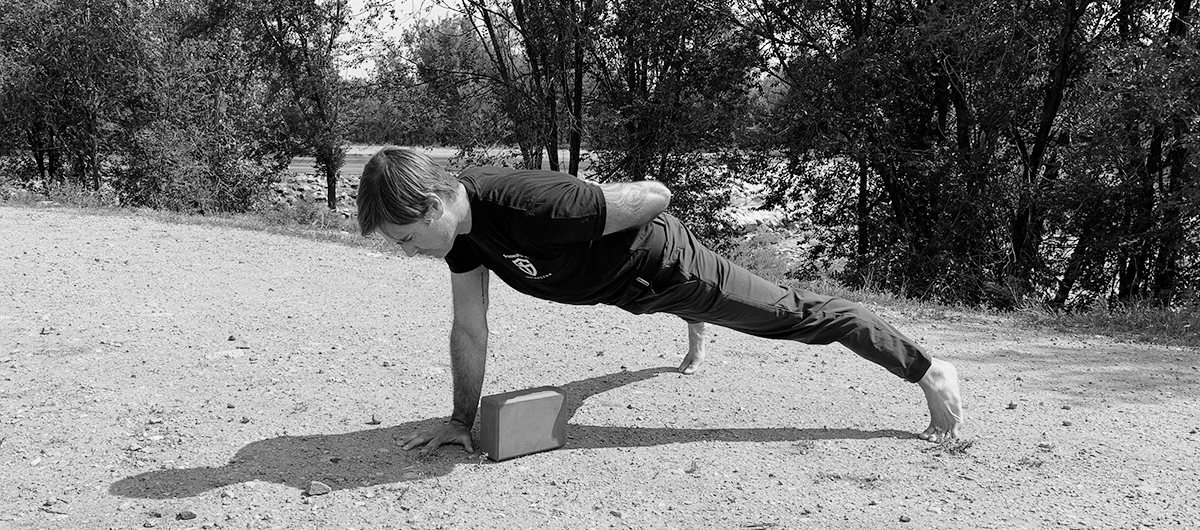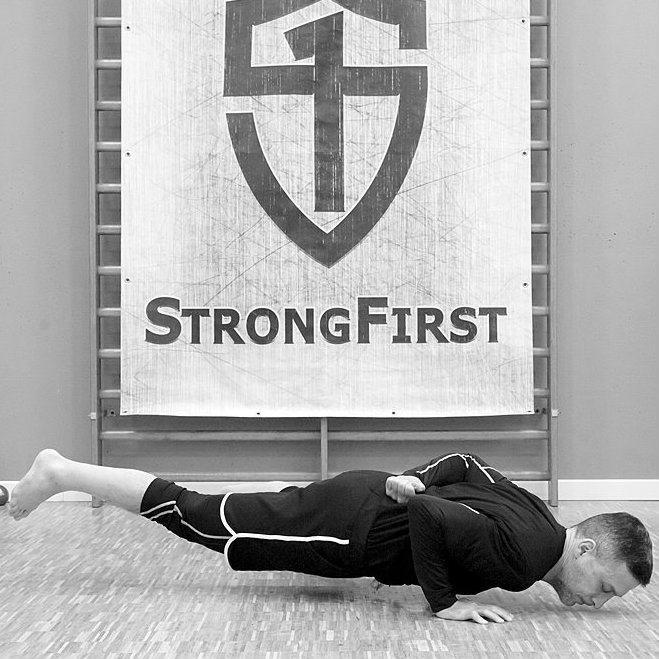Hello,
Firstly, congratulations on selecting a rewarding long term goal! The OAP and pistol are certainly worthy additions to your strength tool box.
Preamble aside…you said your training is focused on other aspects for nearly a year. Are you searching for a somewhat “side journey” program that won’t interfere with your current training (it’d help to know what you’re doing and how many days a week you can devote to this side hustle).
There are numerous roads to Rome. I wrote extensively in the forums somewhere about the methods I used to achieve the OAP and pistols. The trick is finding one that:
a) uses what you have available
b) fits your personal preferences
OAP
I suffered a Pec Tear in 2014 and my shoulder has been like Mike Myers career following “Love Guru”…never the same again. So I feel your “pain” in the injury department, especially when it came to the OAP.
When I first started the journey, I failed miserably at the OAP and was awarded merely a cranky shoulder for my efforts. So I started practicing….a lot.
The key to advanced BW movements is practicing the movement in its integral form while increasing your leverage, doing an easier variation or decreasing the load. For sure sample, a dragon flag with bent knees is easier than straight legs.
For the OAP, there are a few key ways to do this.
An example of the first would be
- Elevate the pressing hand on (boxes, bumper plates, a ledge, the wall….)
The second way (easier variation)
-These would be partial aspects of the lift.
These might include OAP plank holds or negatives only. These can help with specific portions or aspects of the lift such as the tightness at the top and the eccentric motion of rowing your elbow.
The third way (decrease the weight)
For me, the best way to do this is with resistance bands. This is the closest to resembling the actual lift and replicates the progression of gradually adding a load to a barbell.
In this method, loop the band around a STURDY ANCHOR of proper height and then around your waist so as you lower, the band takes some of your bodyweight as it stretches. If you use a squat rack, please make sure you won’t pull the bar off the j-hooks and onto your back. I used a low level monkey bar at a park, just around waste height. A pull-up bar may work, if it’s not too high. Start with a heavy band and graduate to lighter ones over time until Voila! The band is no longer needed.
My path
I used a variety of the above methods in an Easy strength fashion (5days a week) allocating to certain variations to heavy,medium or light. For example if I did negatives (a demanding variation), the next day I might just use OAP plank holds, which would give the shoulder a break. Using these methods, I achieved the OAP fairly quickly. The OAOLPU followed shortly after.
THE PISTOL
For me, the most challenging aspect of the pistol was the mobility required to perform it unloaded. In fact, with your training background, you may be able to perform the pistol already with a light KB but find you fall backwards or lose balance with no counterweight! The problem usually exists within the ankle, thus, elevating your heel will probably allow you to do a pistol fairly well immediately, though, this can be tricky for achy knees.
Here are some alternate methods for achieving the pistol.
Partial ROM
The box pistol is the answer here. Doesn’t have to be a box either, could be a chair. Descend slowly on one leg until your glute lightly touches the chair then spring back up. Bouncing off the chair will do more harm than good. A slow, controlled and high tension descent is the way. Keep tight in the bottom then Zip up! To progress, graduate to a lower object or stand on something so your box gets lower.
Increase Leverage
This comes in the form of elevating the heel to decrease the ankle demands (an oly shoe might help here also). You can use many objects for this: notebooks, plywood or even a ramp that you can slowly decrease the angle to zero on eventually.
I also lump using a counterweight as an example here where you progress by actually decreasing the weight until you can do one freestanding. In addition, you can also use a band and wrap it around a door handle and use it to pull you forward. Cup the bands like your about to do rows, and as you squat, pull the band in towards you as needed to keep yourself from falling backwards. You may need to toggle the distance from the door a few times and place a pillow below your glutes just in case.
Addendum
- I felt some light band work for my upper back helped keeper my shoulders healthy. If you’re also training pull-ups, this may be enough. However, I find they don’t hit the scapular retractors enough, especially if your doing the hollow, tactical style.
- Frequent practice is best but…you must vary the intensity. Easier and harder version should be a part of your toolbox.
-Don’t rush progression, especially if your prone to injury. I made the mistake of making jolting progress and instead of backing off (when I should have), I’d keep pushing. This led to setbacks. After a major improvement, it is wise to back off and build up slowly again.
- It goes without saying but still must be said and not to infer anything but BW exercises are easier if you are lighter!
That’s all I have for now but Good Luck! Would love to here your progress and if you have any questions, shoot!




